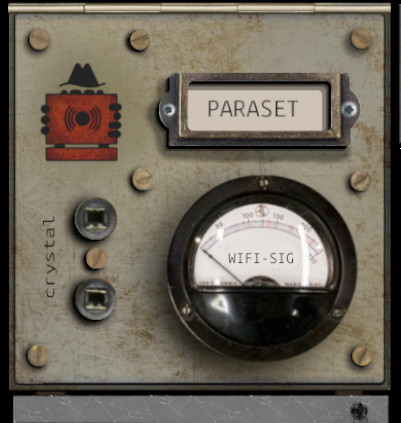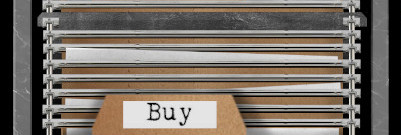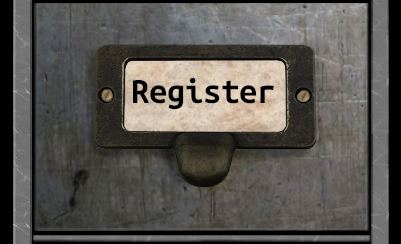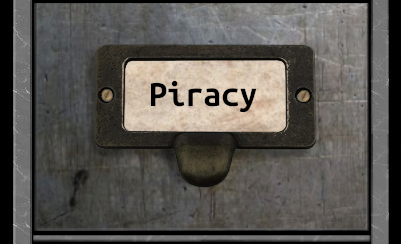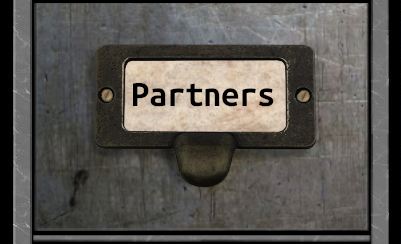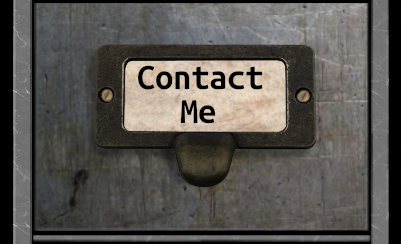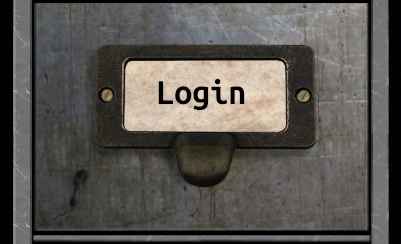About Us
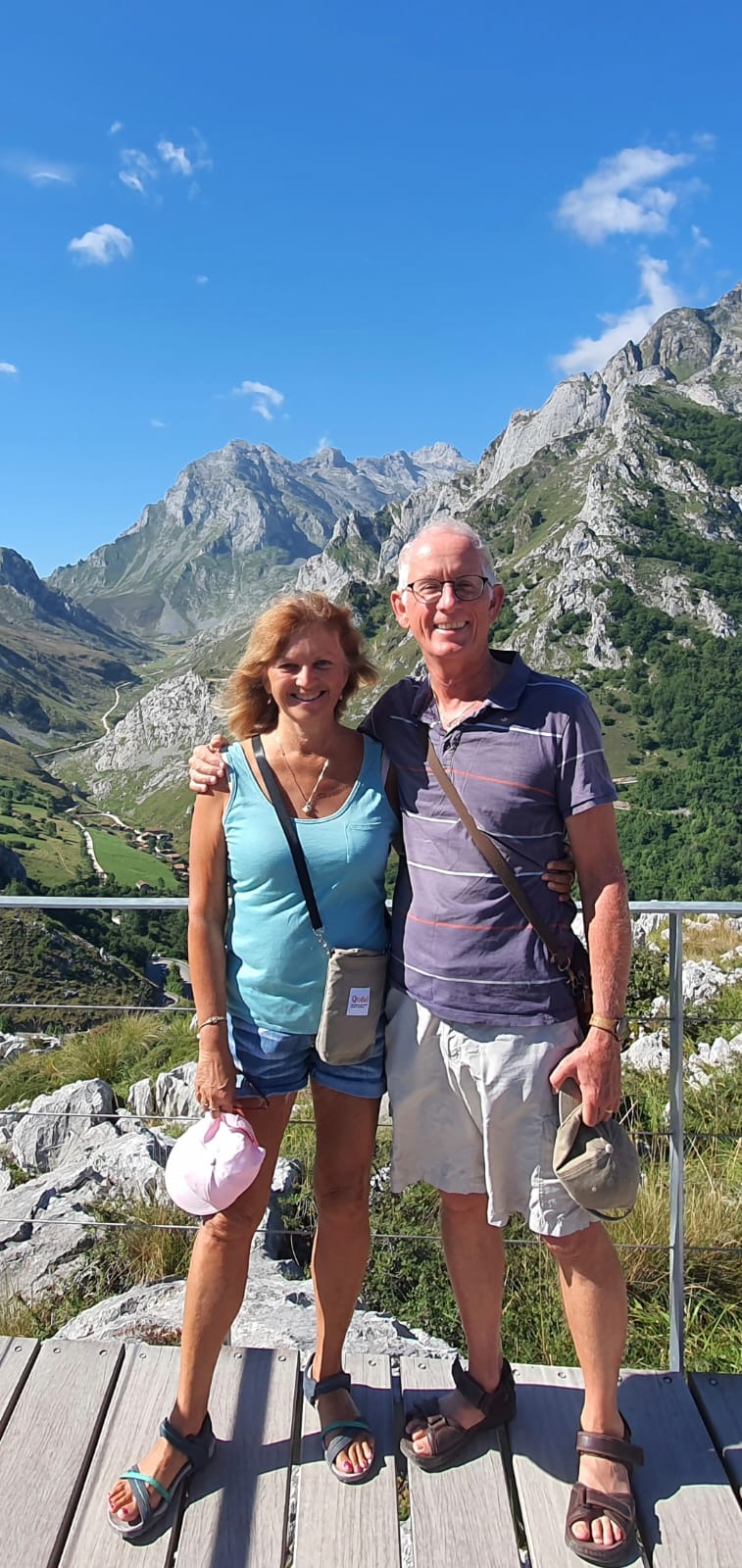 My name is Chris Hicks. I trained with the British Army as a radio technician in the Royal Signals in the 1970s, progressed to computers in the 80s,
and progressed onto software engineering in the 90s. I passed my radio ham examination when I was 17 and, after a gap of 25 years,
operated briefly under the UK call sign MEOHLV. Family commitments left no time for radios and it wasn’t until I retired to Spain in 2018 that I finally
had time to unpack and set up a station using my Spanish call sign EA7KNL. By which time I had forgotten my morse code.
Morse has always had a special place for me, during the cold war when the USSR was busy jamming all military communications,
morse was always the reliable fallback and widely used in the British army for battlefield communications.
Today in amongst the noise at the edge of the ham bands morse is always clear, the edge of the bands are generally quieter and it is possible
to make greater distance contacts with less power using morse.
My name is Chris Hicks. I trained with the British Army as a radio technician in the Royal Signals in the 1970s, progressed to computers in the 80s,
and progressed onto software engineering in the 90s. I passed my radio ham examination when I was 17 and, after a gap of 25 years,
operated briefly under the UK call sign MEOHLV. Family commitments left no time for radios and it wasn’t until I retired to Spain in 2018 that I finally
had time to unpack and set up a station using my Spanish call sign EA7KNL. By which time I had forgotten my morse code.
Morse has always had a special place for me, during the cold war when the USSR was busy jamming all military communications,
morse was always the reliable fallback and widely used in the British army for battlefield communications.
Today in amongst the noise at the edge of the ham bands morse is always clear, the edge of the bands are generally quieter and it is possible
to make greater distance contacts with less power using morse.
I originally set out to make a basic morse trainer using a
Rasperry Pi single board computer.
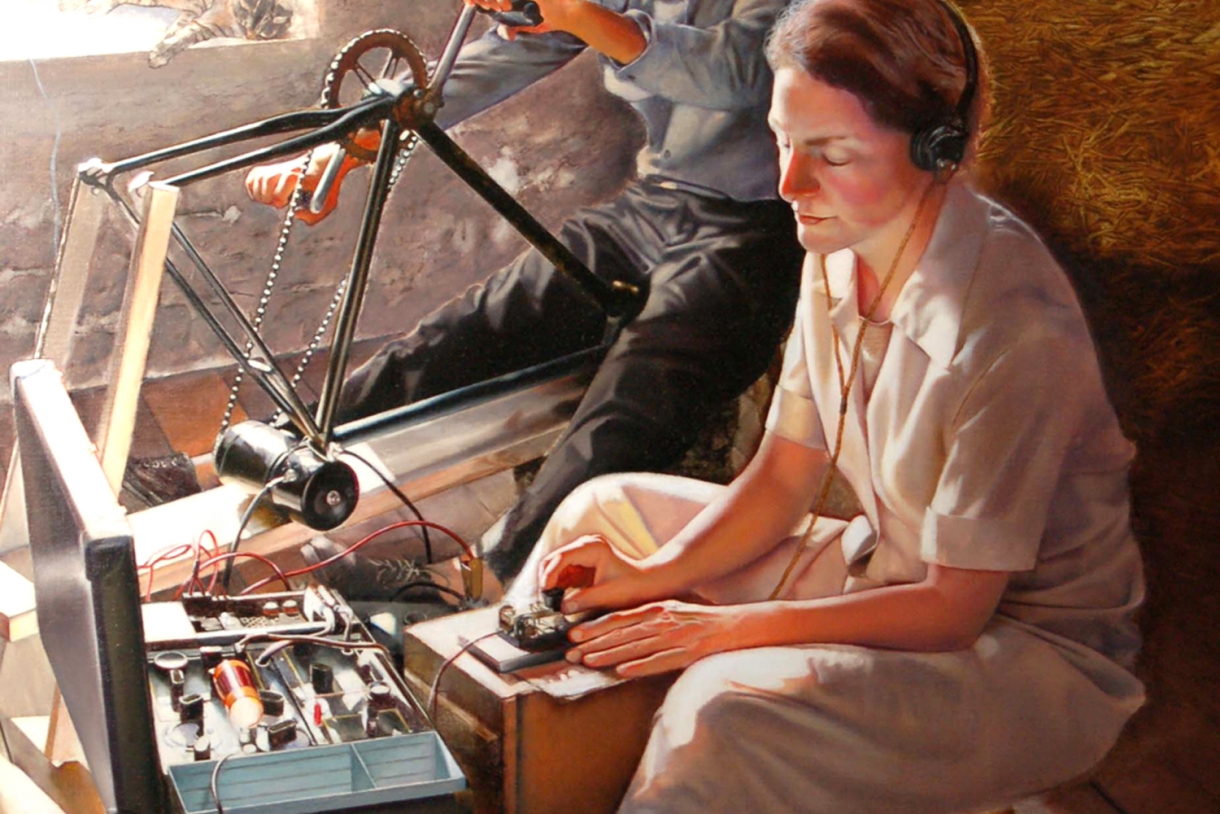 An article in the Spanish Union de Radio Aficionados magazine
about a second world war radio supplied to resistance in occupied europe spurred on my interest in learning CW again.
An article in the Spanish Union de Radio Aficionados magazine
about a second world war radio supplied to resistance in occupied europe spurred on my interest in learning CW again.
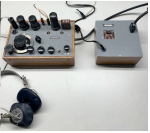 The "paraset"
radio, designed at Wadham Hall, was a simple light weight portable radio that could be easily disguised in a small suitcase. It was
used by the resistance and allied spies to transmit information back to the UK.
I have used the Paraset radio as the basis for a replica,
however the replica "SpyRadio" transmits over the internet instead of over the airwaves. For more information on the Paraset I would suggest you
look at this site https://www.paraset.nl/. It contains a myriad of interesting information about the Paraset.
The "paraset"
radio, designed at Wadham Hall, was a simple light weight portable radio that could be easily disguised in a small suitcase. It was
used by the resistance and allied spies to transmit information back to the UK.
I have used the Paraset radio as the basis for a replica,
however the replica "SpyRadio" transmits over the internet instead of over the airwaves. For more information on the Paraset I would suggest you
look at this site https://www.paraset.nl/. It contains a myriad of interesting information about the Paraset.
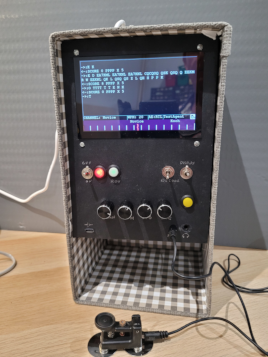 The SpyRadio project is a hobby. It would be nice to recoup the money to pay for the server in Amsterdam but not essential. The project provides myself
and my son Rob with a common interest and we spend hours chewing the technical cud together which for me is as enjoyable as the creative side.
It is my hope that fellow hams, electronic project hobbyists and morse code afficionados will have a bit of fun putting one of these SpyRadios together and
will enjoy using it and hopefully will improve their morse skills. Rob and I are open to suggestions to improve the SpyRadio so please drop us a line via
the contact page if you feel inclined.
The SpyRadio project is a hobby. It would be nice to recoup the money to pay for the server in Amsterdam but not essential. The project provides myself
and my son Rob with a common interest and we spend hours chewing the technical cud together which for me is as enjoyable as the creative side.
It is my hope that fellow hams, electronic project hobbyists and morse code afficionados will have a bit of fun putting one of these SpyRadios together and
will enjoy using it and hopefully will improve their morse skills. Rob and I are open to suggestions to improve the SpyRadio so please drop us a line via
the contact page if you feel inclined.
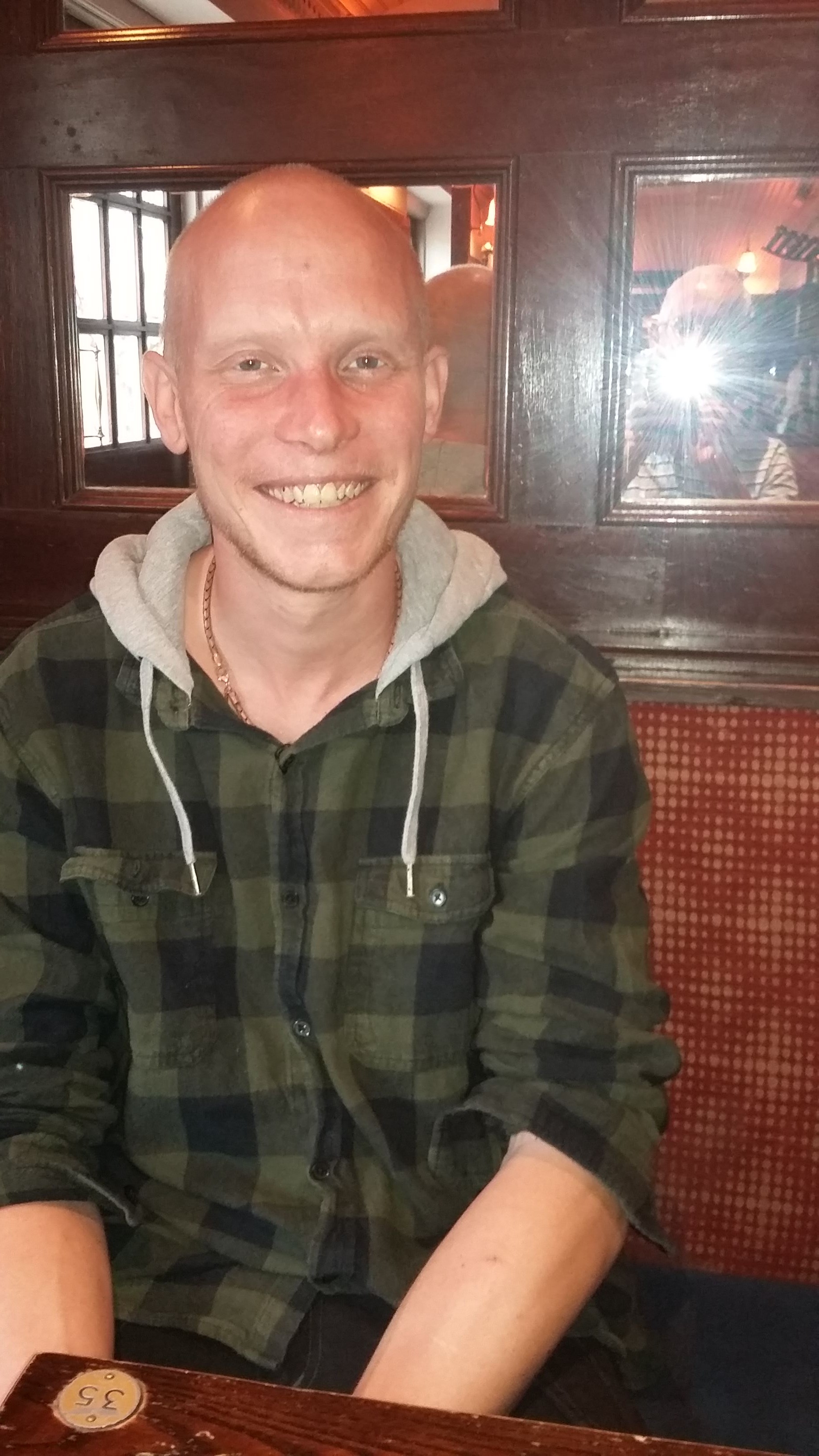
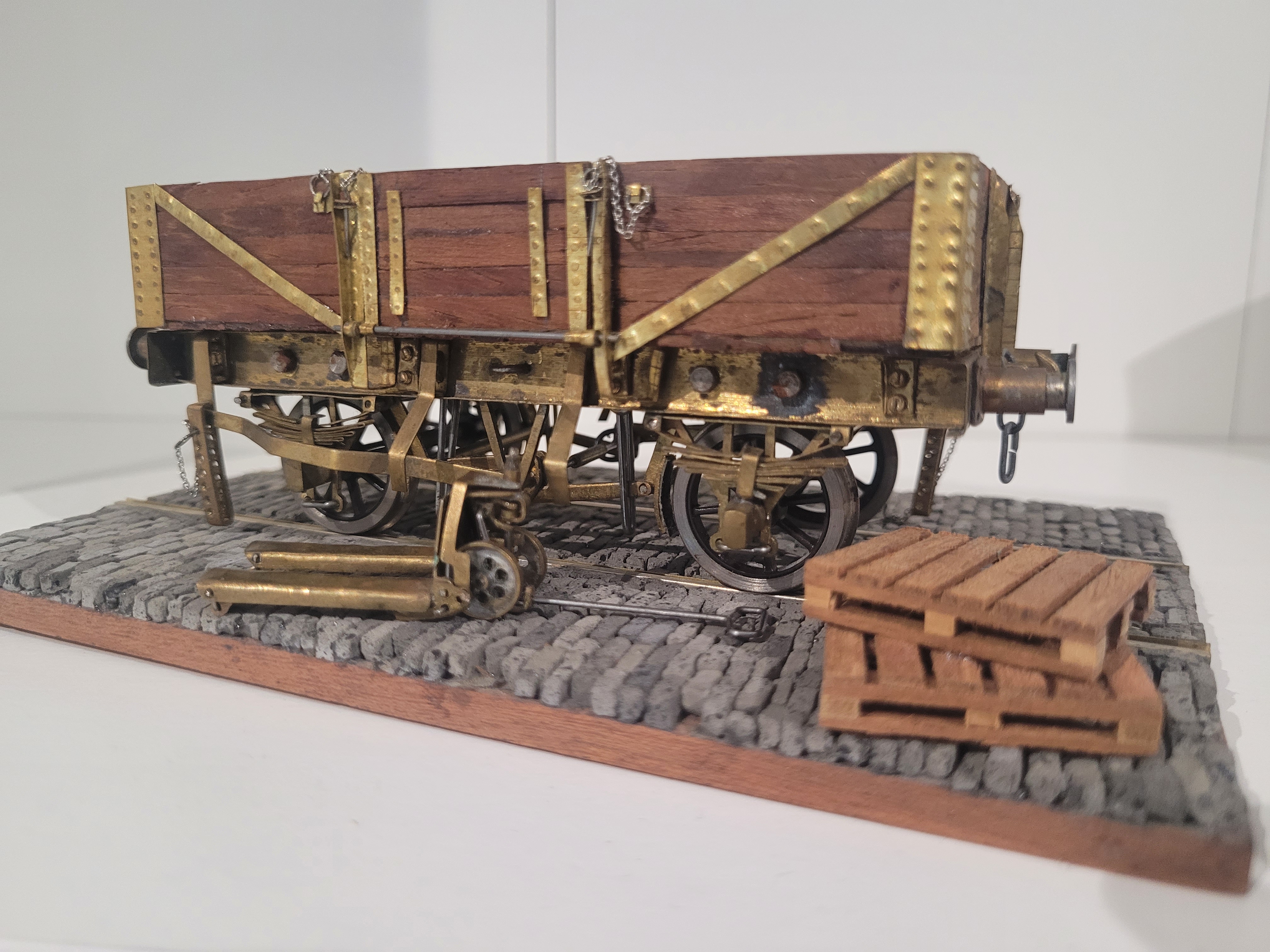 Rob is a polymath, an artist and all round creative and can be found most days either taking some object or some concept apart to see how it works or making something
new and original. As well as programming Rob has created the graphics for the web site and the SpyRadio. If you need any cool graphics then drop Rob a line via the
contact page.
Rob is a polymath, an artist and all round creative and can be found most days either taking some object or some concept apart to see how it works or making something
new and original. As well as programming Rob has created the graphics for the web site and the SpyRadio. If you need any cool graphics then drop Rob a line via the
contact page.
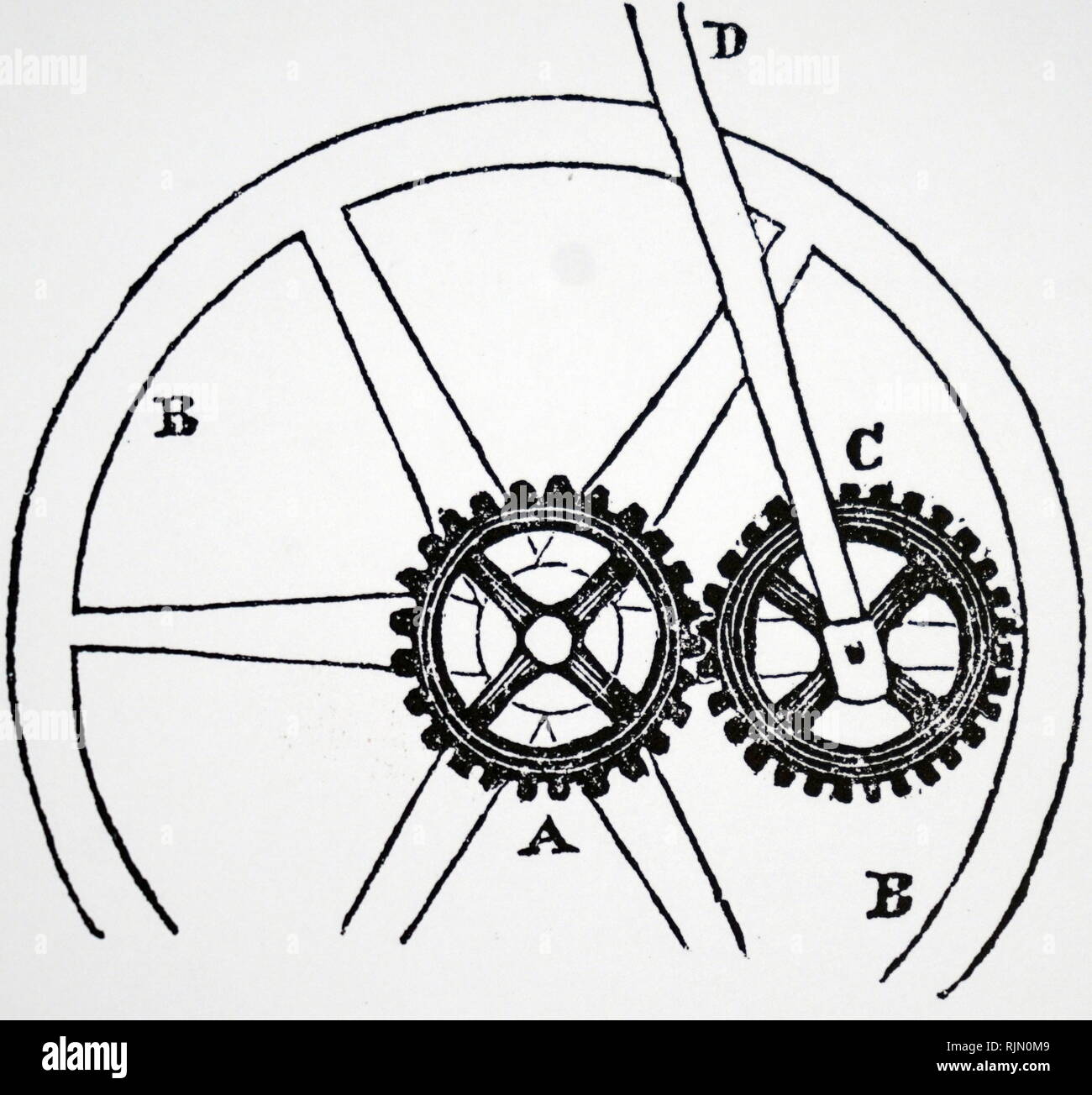 The horsepower to run the backend for the SpyRadio has kindly been provided by my neighbour and friend from Accept Systems
These guys really do know what they are doing and actually respond on the end of a phone. If you have a business dependant on cloud infrastructure and are a bit
jaded with the whole - lights off - no one at home - "your call is really important to us" - loop - then you might want to give these guys a call and offload some stress.
The horsepower to run the backend for the SpyRadio has kindly been provided by my neighbour and friend from Accept Systems
These guys really do know what they are doing and actually respond on the end of a phone. If you have a business dependant on cloud infrastructure and are a bit
jaded with the whole - lights off - no one at home - "your call is really important to us" - loop - then you might want to give these guys a call and offload some stress.
A quick mention for these guys "Free DNS. Thanks josh for parking the domains 8-).
https://freedns.afraid.org/ named "Free DNS
